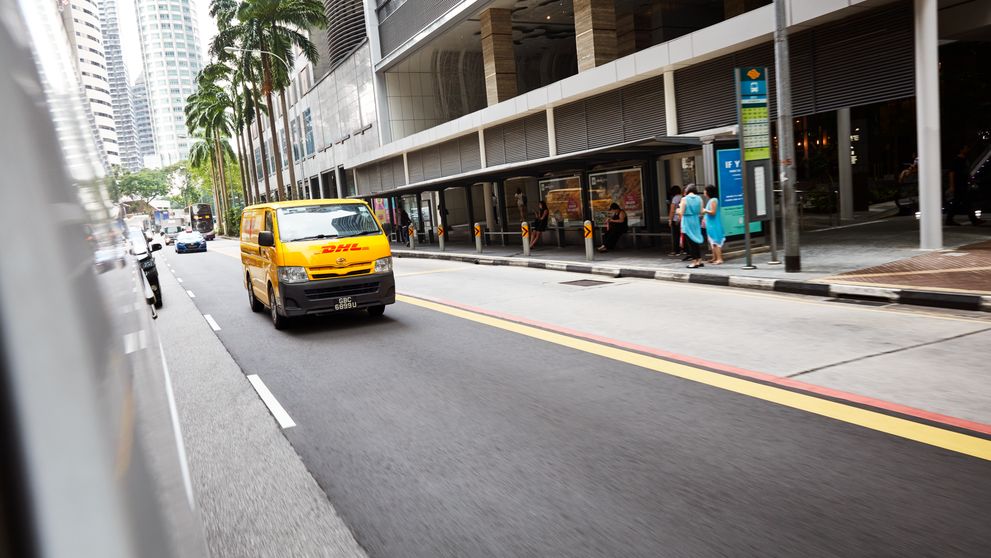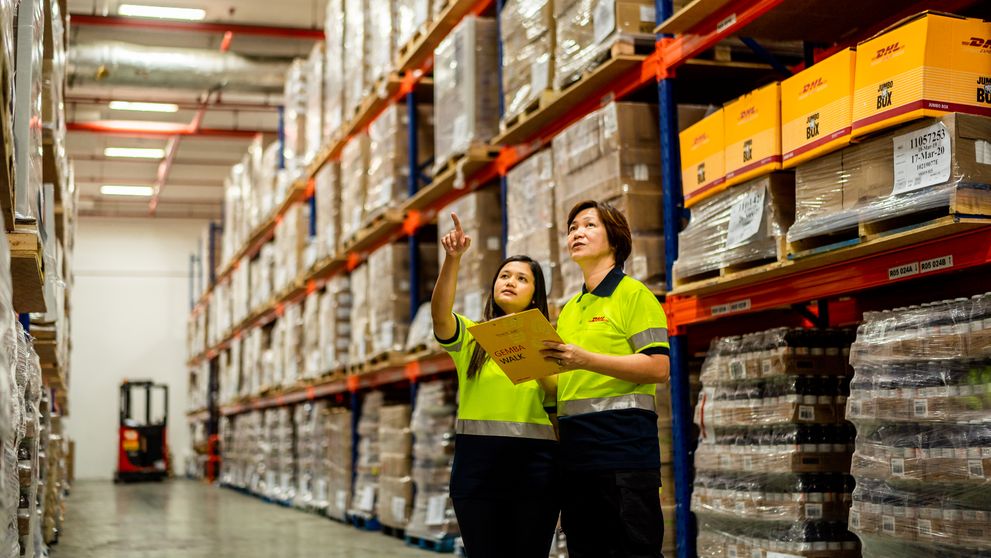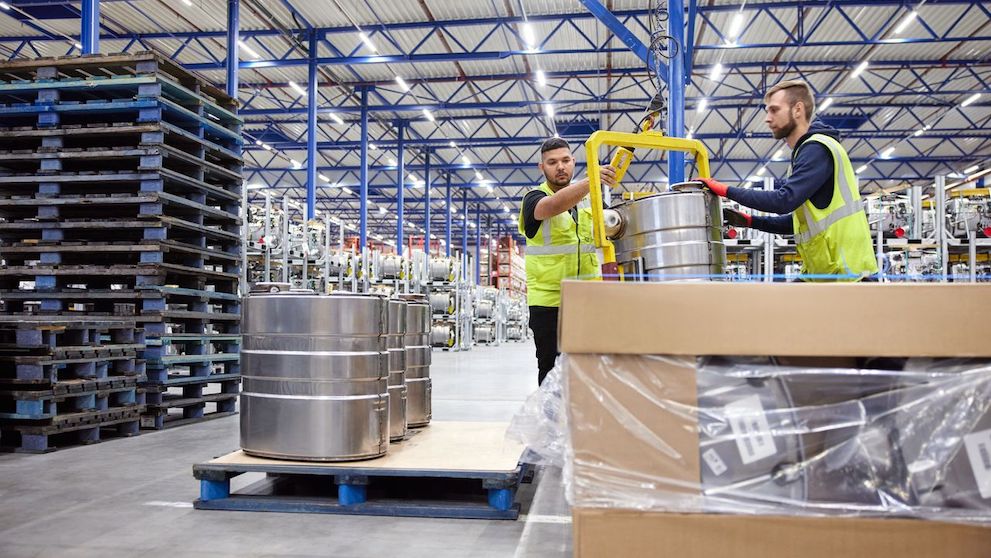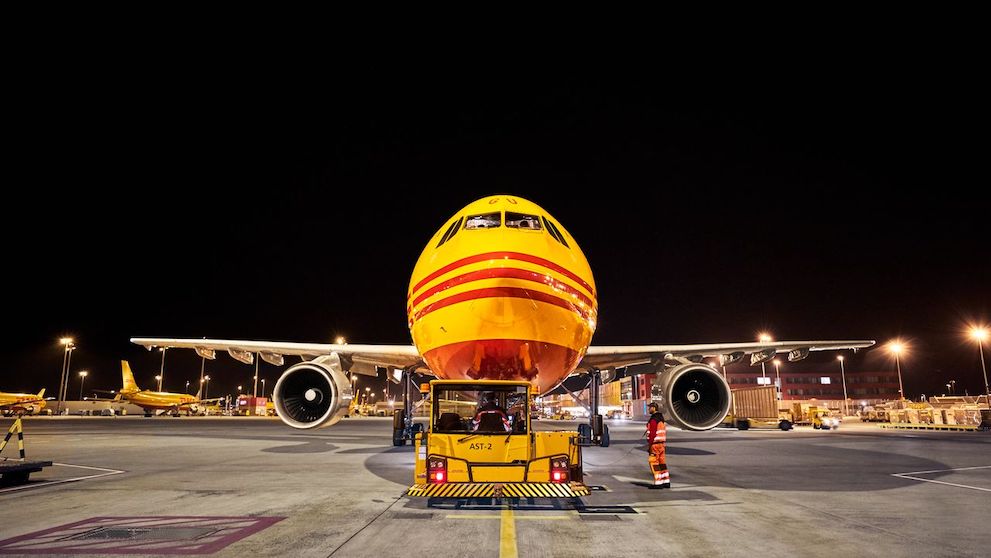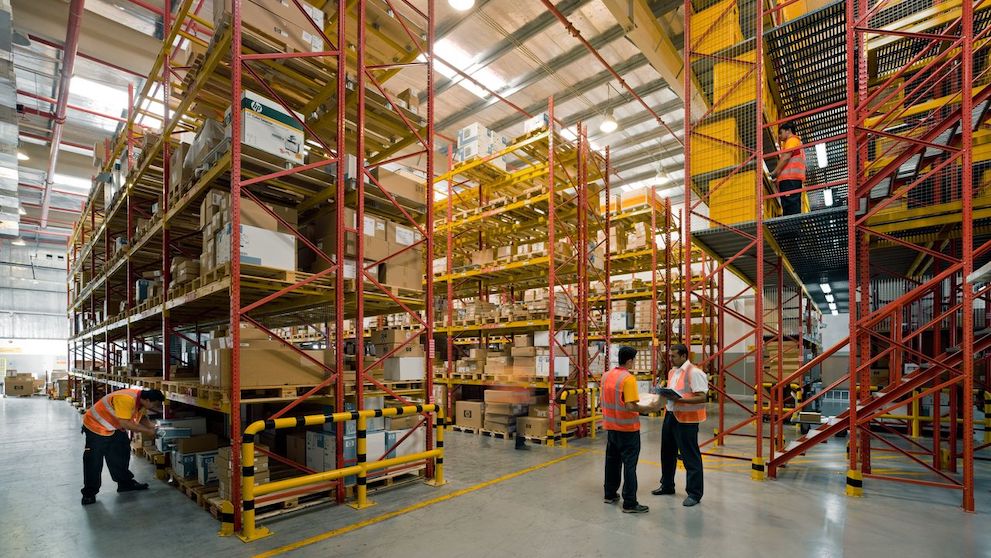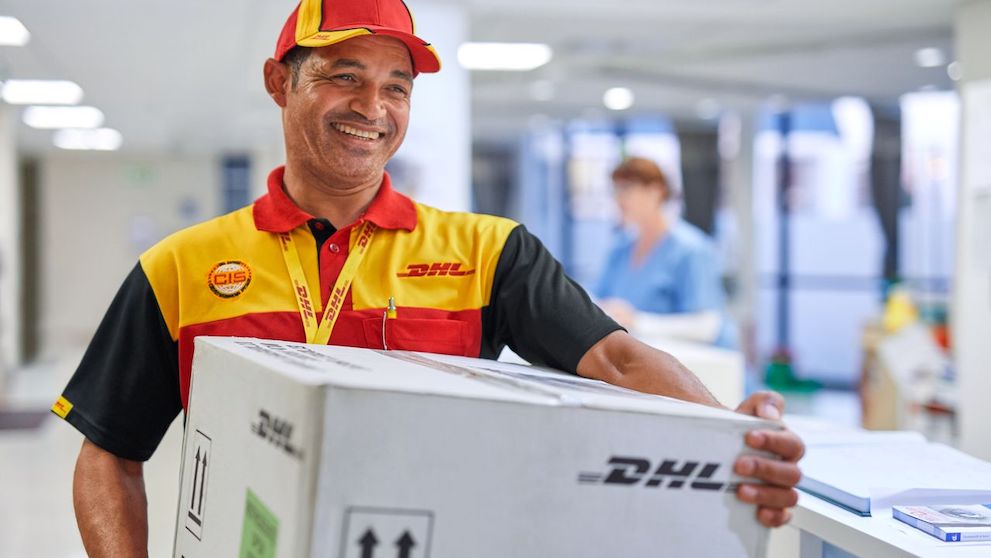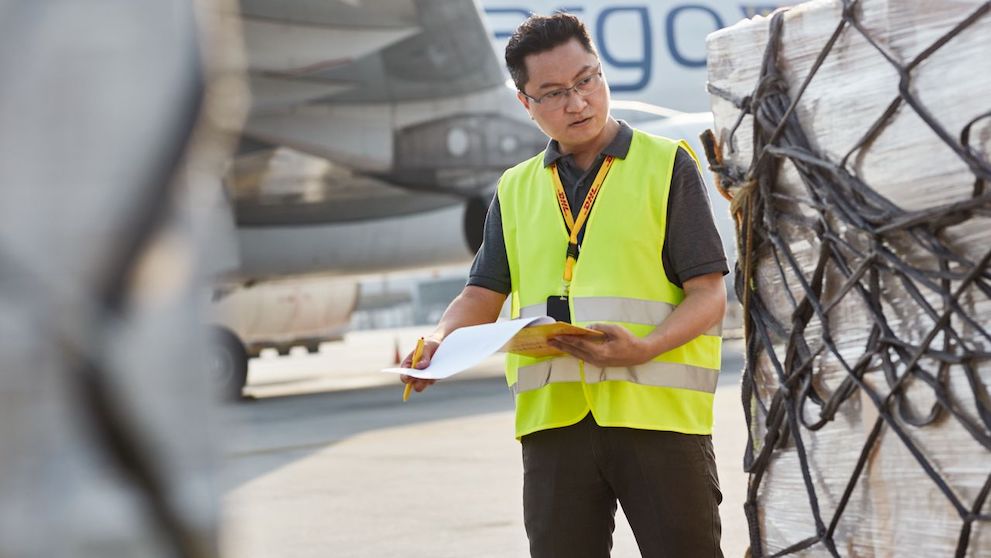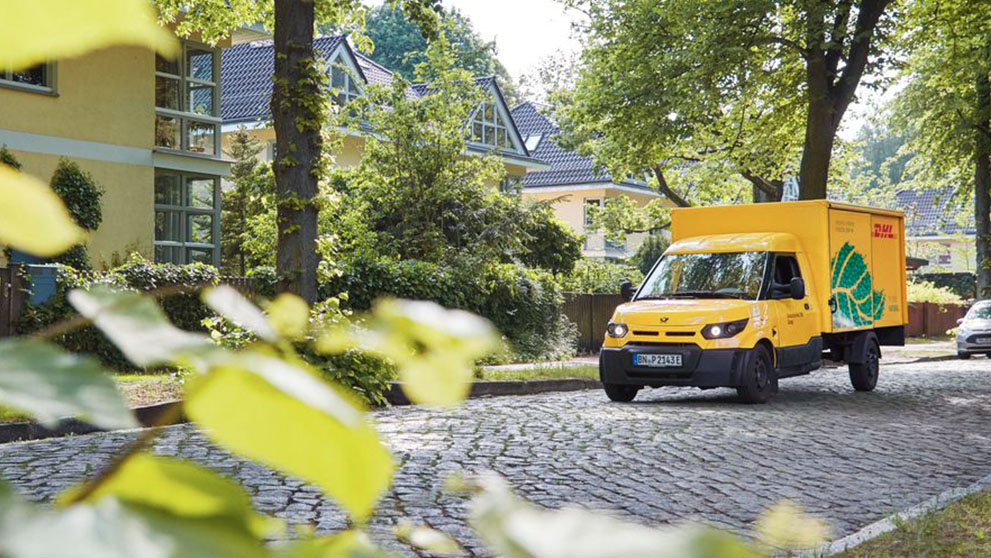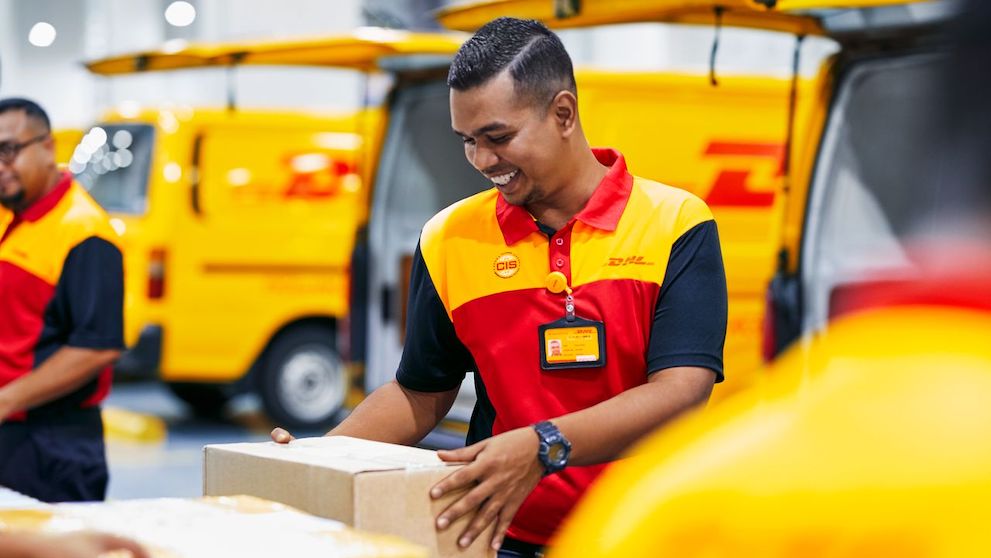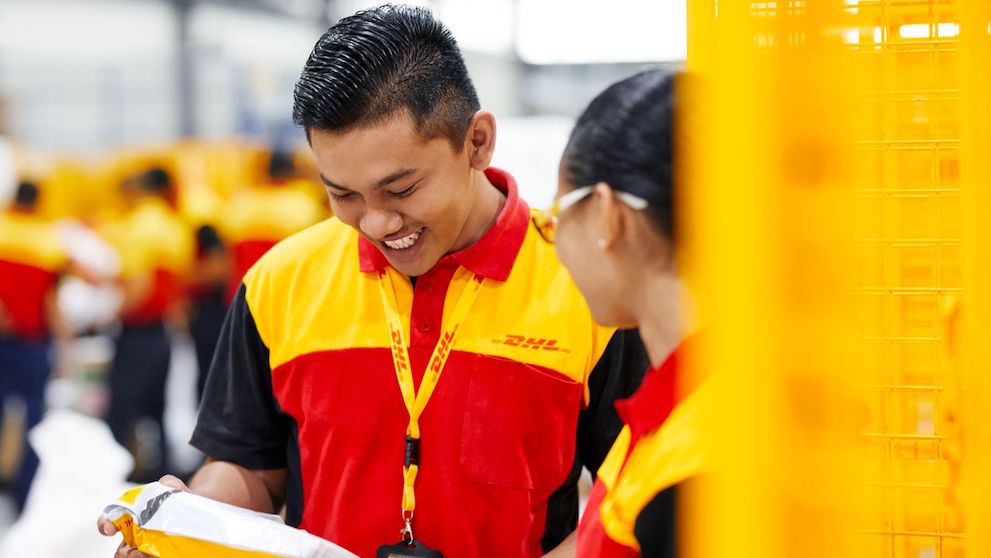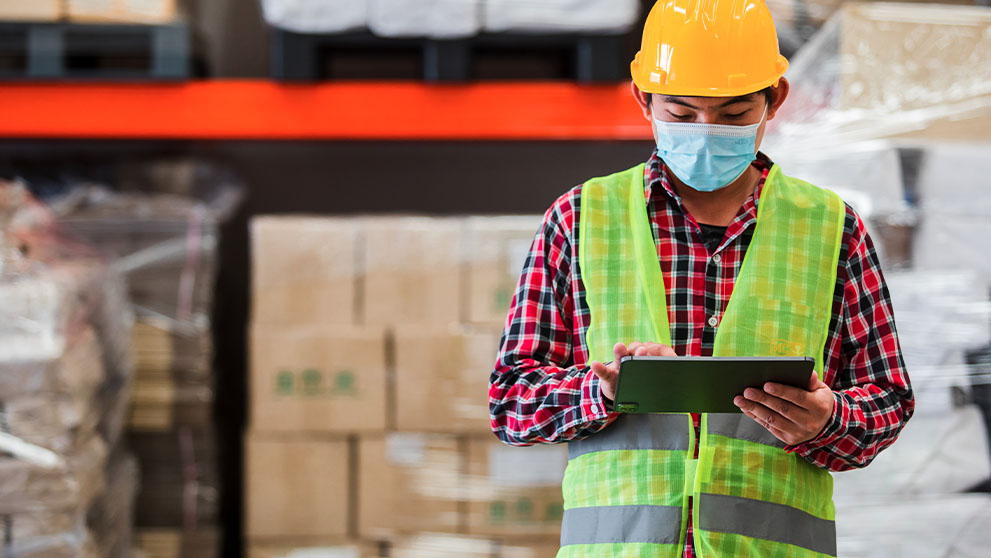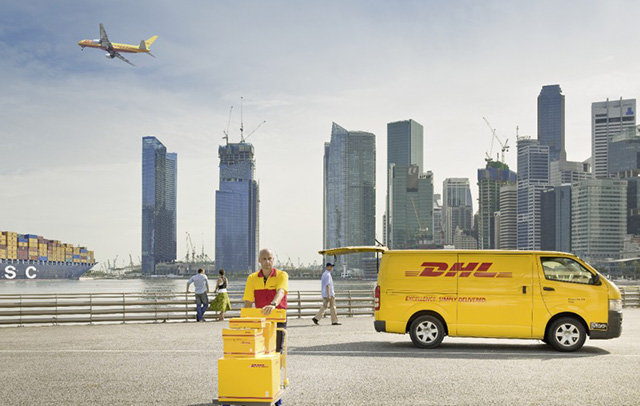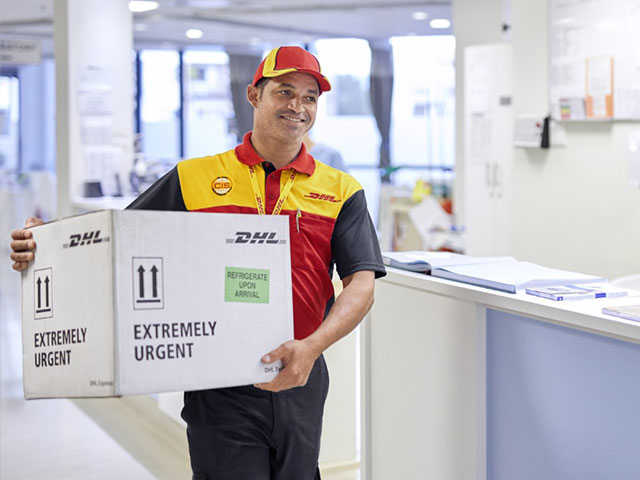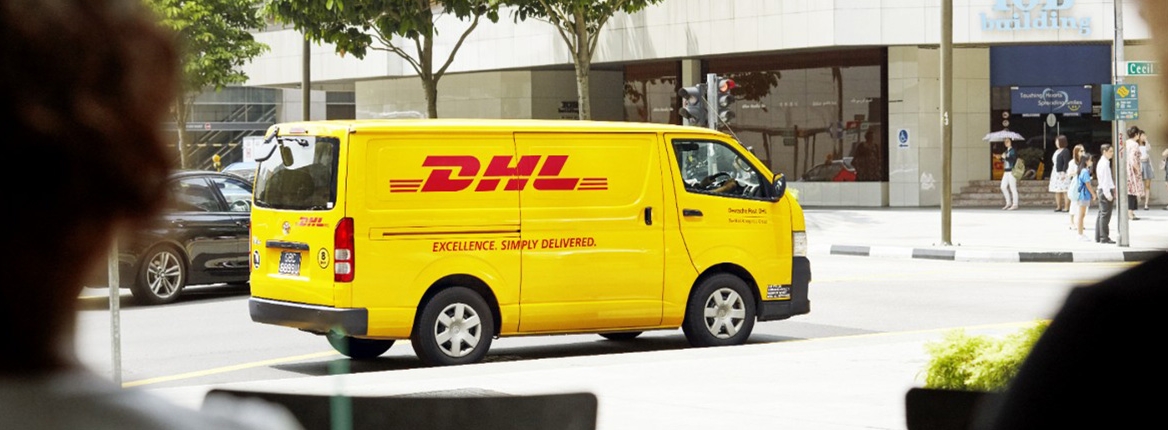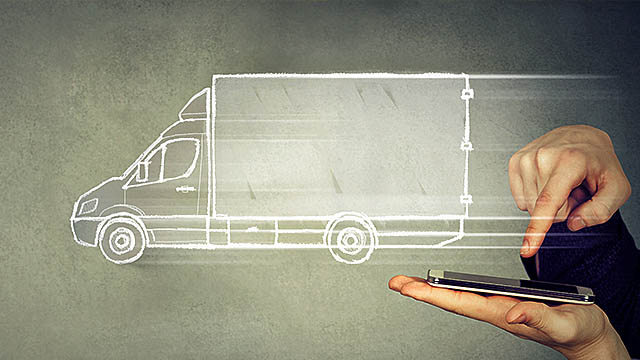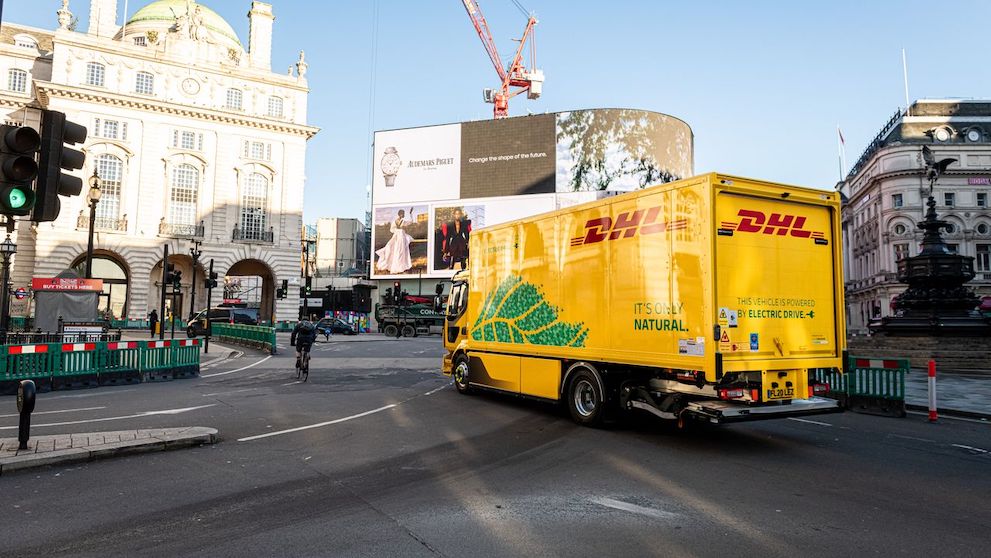With the promise of unstoppable data download and upload speeds, broader coverage and more stable connections, 5G, the fifth-generation cellular technology, is set to transform mobile connectivity as we know it.
5G is expected to revolutionize supply chains around the world as it becomes available in more markets over the next few years.
More companies are shifting toward a data-driven mindset in their decision making — to predict future performance and optimize operational efficiencies — which will require the collection and analysis of a large swath of data, some in real-time.
Exponentially faster data speeds and reduced latency will give rise to a more responsive network to support this transformation, while also paving the way for more Internet-enabled smart devices to be integrated along the logistics supply chain. This will render logistics processes faster, safer and more reliable.
Here is a look at what 5G will mean for logistics in five ways.
1. LOGISTICS, DIGITALIZED
With more smart devices — from temperature-monitoring sensors to autonomous vehicles — latching onto the finite frequencies of older cellular networks, mobile network operators are running out of usable radio channels1 on current spectrums.
But the issue of limited spaces for more devices on the network will soon be a thing of the past, as 5G is able to connect more users than its predecessors. In fact, for every meter of coverage, 5G is able to support over 1,000 more devices as compared to 4G2 at speeds of up to 10 gigabits per second (10Gbps), or 100 times faster.
With faster speeds, lower lag times, larger areas of coverage and a comparatively smaller power appetite, smart devices can communicate faster with one another at speeds that are even closer to real-time. This will catalyze the use of time-sensitive Internet of Things (IoT) device applications and open up opportunities for new use-cases in logistics and beyond.
With IoT forecasted to open up a US$1.9 trillion (€1.65 trillion) opportunity in logistics, 5G is one of the key enablers to facilitate data-driven analytics and decision making with big data and artificial intelligence.
2. MINIMIZING SUPPLY CHAIN RISKS
It is easy to track the exact location of your parcel or pizza order while in the city today. But having the same level of visibility for goods in international transit remains a challenge due to the scale and widespread nature of the delivery mission.
Nearly 90 percent of logistics and shipping providers feel that the lack of supply chain visibility is one of the biggest challenges in the industry today, according to research by Moor Insights & Strategy3. In fact, they admit that there is no access to visibility into at least half of their supply chain.
But IoT is here to transform this aspect of logistics. Portable Internet-connected trackers that monitor in real time the location and condition of the goods throughout the entire supply chain can eliminate such information “black holes”.
The wide range of low-energy benefits of 5G will pave the way for new globally utilizable tracking and condition monitoring capabilities4 for parcels and devices, according to DHL’s latest Logistics Trend Radar report.
Some of these smart devices include battery-operated tracking devices that can be securely attached to containers, trucks, boxes or on the goods itself, monitoring the location, temperature, humidity, light, shock and other key metrics. Electronic locks can also be Internet-enabled to deter and report acts of tampering and theft.
All of this means high-value consignments will be less susceptible to being meddled with during transportation, thanks to better real-time monitoring.
3. AUTONOMOUS TRUCKS ON PUBLIC ROADS
Technological disruptors are ramping up initiatives in self-driving systems — not just for cars, but trucks too. This is set to revolutionize the way road freight is done, marking the shift from labor-intensive processes to a lean and efficient operation.
With its extremely low latency, 5G is a key enabler for autonomous trucks on public roads where every millisecond matters. This is because 5G data can be transmitted with a lag time of only 1 millisecond, which is 50 times faster than 4G. The less time it takes for an autonomous truck to make a decision, the safer the roads, and the more reliable the deliveries.
Ericsson, Einride and Telia5 have recently teamed up to produce a sustainable, reliable and safe transport system through their autonomous, 5G-powered trucks. Dubbed the “T-pod”, the fully-electric driverless truck has been introduced into a logistics facility in Jönköping, Sweden, as part of an intelligent transport ecosystem.
While currently deployed in a controlled environment, the eventual aim is to bring the autonomous trucks onto public roads in the future, setting a new benchmark for the logistics of tomorrow.
But for autonomous trucks to be adopted in a big way, the challenges of government regulation, infrastructure, social acceptance and safety concerns must first be overcome. Only then will the benefits of the autonomous driving revolution come into play.
4. FASTER AND SAFER PORT OPERATIONS
The Port of Livorno, the gateway to Tuscany since the Italian Renaissance, has become a test bed for a new 5G-enabled innovative digitalized platform6.
To create an intelligent transportation system, sensors, cameras and devices are connected to a network to form an integrated communications system. Intelligent unmanned ground vehicles are able to automatically load and unload as well as broadcast their cargo inventory information so that they can gain access into controlled areas.
The key is this: the backbone of the system rests on a fast, reliable and high-bandwidth connection that is possible only with 5G’s speed and performance.
The digitalization efforts here are opening a slew of possibilities. Syncing IoT and Artificial Intelligence with good connectivity, as the port shows, helps to create a lean, secure and effective operations environment.
5. AUGMENTED REALITY (AR) APPLICATIONS
Sophisticated AR applications used in logistics, such as vision picking, will be significantly enhanced if supported on a 5G network.
With a reduced lag time allowing instantaneous updates on cargo movements, it will improve the user experience for the AR applications, which can visually indicate the latest changes. This reduces chance for errors, and boosts efficiency of the staff managing warehouse operations.
Besides order picking, 5G-powered assembly and repair processes in the warehouse can also speed up due to the shorter time needed to transmit information to AR-enabled devices. For instance, teams equipped with hands-free AR glasses can rely on the software to display step-by-step instructions for the assembly or repair through the lenses in real time, saving valuable training time and additional manpower costs.
When 5G realizes its full potential, gone will be the days of losing cargo, misplacing parcels and incurring losses due to human error, mismanagement and inefficiencies.
This article was originally published on Logistics of Things. Read more on how logistics impacts business, builds lasting connections and drives innovation.
REFERENCES:
1 – Geekswipe, March 2017
2 – Lifewire, January 2020
3 - Moor Insights & Strategy, 2015
5 – Ericsson, 2018
6 – Ericcson, 2016


